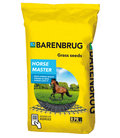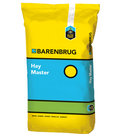A horse pasture's quality
The quality of a horse pasture depends on the grass species concerned. But the growth stage of the grass plants, the season and the amount of maintenance the pasture is given also ultimately determine a pasture’s quality.

The quality of a horse pasture depends on the grass species concerned. But the growth stage of the grass plants, the season and the amount of maintenance the pasture is given also ultimately determine a pasture’s quality.
The growth of a grass plant begins with a leaf. Next, the plant slowly produces a stem, followed by the 2nd, 3rd and ultimately 4th leaf. If the plant continues to grow after that, the stem will shoot upwards and form a seed head. Once this stage has been reached the plant won’t grow any further. The quality and flavour of fresh grass depend strongly on the growth stage. Young grass with 1-2 leaves is very juicy and fresh, with a high protein content. However, this grass contains little effective fibre. Pasture grass in a later growth stage, having 3-4 leaves, on the contrary, has a lower protein content, but contains more effective fibre.
The fructan content of pasture grass is strongly dependent on the amount of sunlight and the temperature. Sugar is produced under the influence of intense sunlight. If the nights are then fairly cool, the sugar content will remain high. This is the case in spring and autumn in particular, and therefore there is always a risk of laminitis in these periods. The grass varieties contained in Horse Master® were specifically selected for their low fructan content.
The quality of pasture grass is of course also dependent on the range of grasses. Palatable, high-quality grasses for horse pastures are in particular perennial ryegrass, timothy, smooth meadow grass and red fescue. However, weed grasses such as rough-stalked meadow grass, annual meadow grass and couch grass grow everywhere, and may adversely affect the quality of a pasture. Horse Master® consists of palatable grass varieties that can readily withstand competition from weed grasses.
The flavour of pasture grass is also dependent on how fresh and clean the pasture is. Daily removal of droppings, prevention of overgrazing (resulting in bare patches), rotational pasturing and allowing a pasture’s grass to grow tall and then mowing it are all essential for ensuring palatable grass.
The following table can be used as a rule of thumb for the quality and intake in the various seasons. It is not customary to analyse fresh grass, because its feed value may vary according to the weather. The average compositions as shown in the table below can be used as guidelines in calculating rations:

Grass with a height of about 15 cm has a well-balanced composition that is suitable for horses. Barenbrug advises you to offer the grass to your horses at this stage, in a rotational pasturing system comprising several (3 to 5) pastures. Allow your horses to enter the pasture as soon as the grass has grown to the right height. Allow them to graze the grass and move them on to the next pasture as soon as the grass there has reached the ideal height. You can then maintain and fertilise the grazed pasture. Such a system will ensure that your horses always get grass of the right quality while enabling you to effectively maintain your pastures.
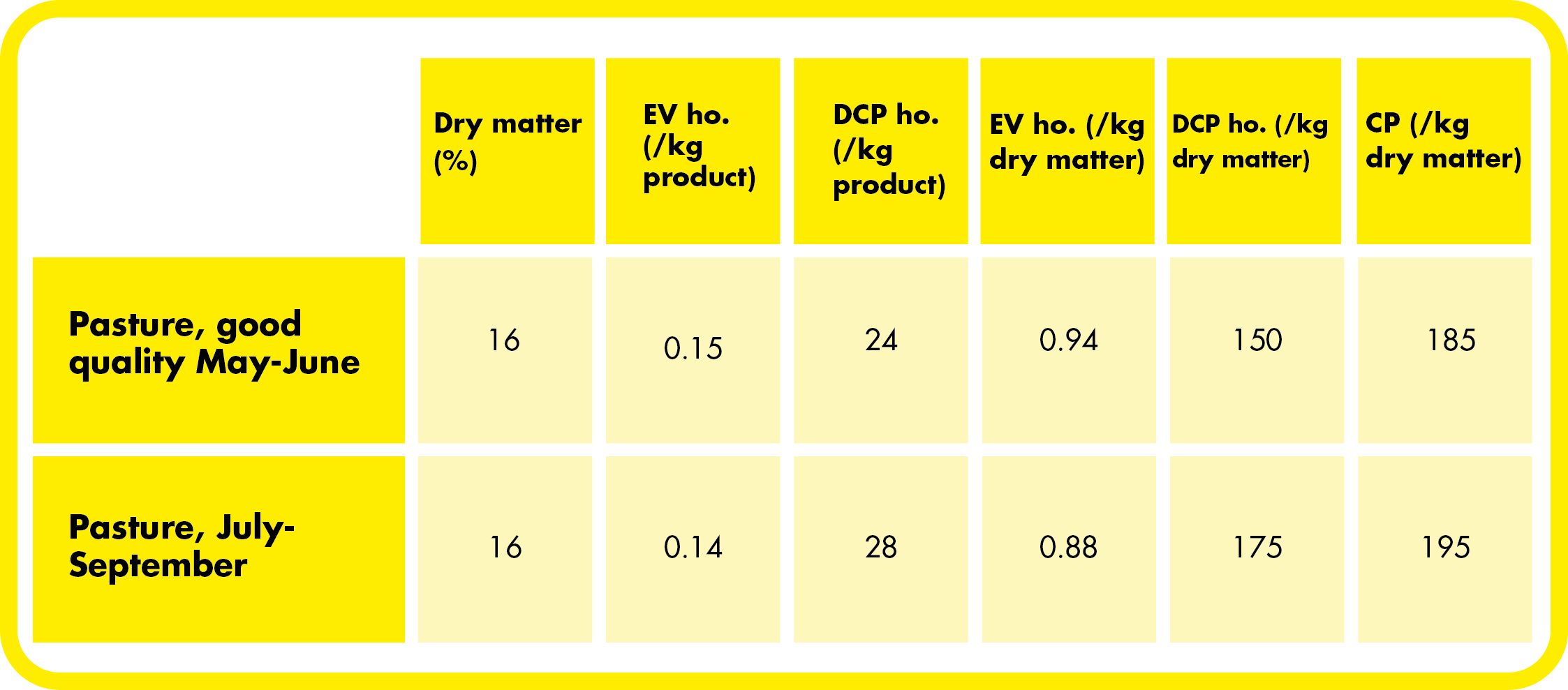
A beautiful green pasture with firm sod and enough grass to graze your horse daily is precisely what every horse keeper wishes for. Unfortunately, many horses graze on bare pastures or pastures with grass intended for cows. This can lead to various health problems. That is why Barenbrug has developed Horse Master®.
Horse Master® is a balanced grass seed mixture. A Horse Master® pasture has a firm sod, fast regrowth, and the crop is rich in structure but low in fructan. Click here for more information about Horse Master®.
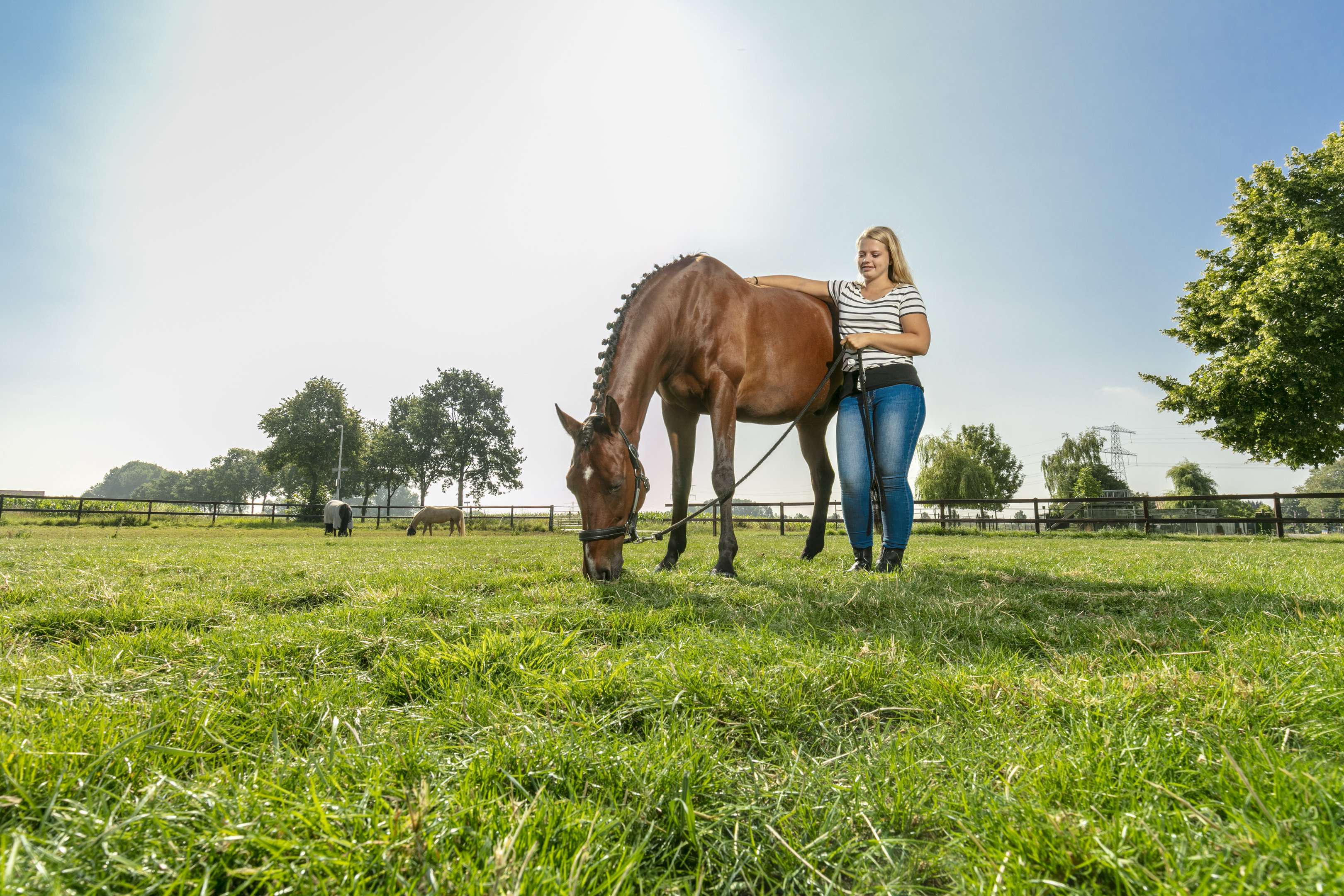
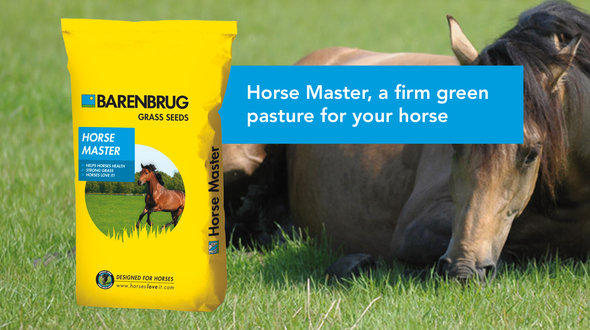
Would you like the best grass for your Horse or Pony? Click here for more information.
